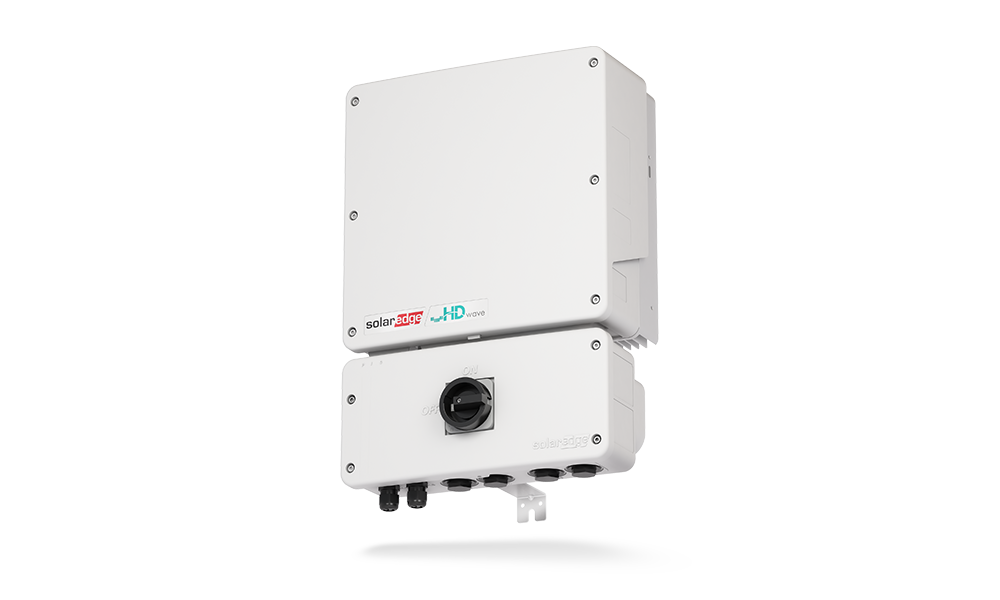Support CleanTechnica’s work through a Substack subscription or on Stripe.
Norway showed the world how to do EV incentives correctly. At first, the country offered so many inducements to buy an electric vehicle that you would have to be a fool not to take advantage of them. Buyers got cash incentives, tax breaks, priority parking in cities, toll-free passage on ferries, access to HOV lanes on highways, and priority seating at the annual lutefisk festival. As the EV revolution flourished in Norway, many of those perquisites were quietly withdrawn. Now China is taking a page from the Norwegian playbook and tightening the requirements for new energy vehicle incentives.
In China, a new energy vehicle (NEV) includes a plug-in hybrid, a category that many swear by because it eliminates any hint of range anxiety, and others swear at because unless people plug them in, they may actually create more emissions than a conventional gasoline-powered car.
According to CarNewsChina, the government of China is tightening its subsidy rules for vehicles with alternative drivetrains and introducing stricter efficiency and range requirements beginning next year. Only models with more than 100 kilometers (62 miles) of pure electric range and lower energy consumption will continue to benefit from tax incentives.
China Ups The Ante For NEV Incentives
On October 9, 2025, the Ministry of Industry and Information Technology, the Ministry of Finance, and the State Taxation Administration jointly released new technical requirements for new energy vehicles that want to continue to be eligible for purchase tax incentives in 2026 and 2027.
“These adjustments align with rapid improvements in NEV range and extended-range technology, ensuring policies keep pace with technological progress,” Cui Dongshu, Secretary General of the China Passenger Car Association, told the press. “By raising technical thresholds, the government is guiding companies to increase R&D investment, eliminate outdated products, and shift the industry from scale expansion to high quality development.”
The new policy for battery electric cars requires them to meet the new national standard GB 36980.1-2025, which is approximately 11 percent more strict than previous requirements. Vehicles that weighed more than 3,500 kilograms were allowed to have higher energy consumption, but that exception has been eliminated so those heavier vehicles must now meet the same standards as lighter vehicles.
For plug-in hybrid vehicles, they will now be required to travel at least 100 kilometers on battery power alone — up from 43 kilometers previously. Bear in mind that range in China is calculated by the very generous CLTC standard.
Plug-in hybrids that weigh less than 2500 kilograms must meet a higher fuel economy standard — 70 percent of the limit that applies to conventional cars with gasoline engines. Those that weigh more will need to be 75 percent as fuel efficient. Electric energy consumption cannot be more than 40 to 45 percent of conventional vehicles, with heavier vehicles granted a small margin of extra allowance.
Many Will Fall Short
Industry analysts in China estimate about 40 percent of current plug-in hybrid vehicles in the country do have enough battery-only range to qualify for subsidies under the new 100 kilometer minimum range requirement. Some observers said manufacturers may hold end-of-the-year sales to clear out the remaining models that will no longer be eligible for incentives.
Most premium plug-in hybrids already exceed the new threshold, with models like the Aito M5, BYD Tang DM-i, and Li Auto L8 all comfortably exceeding the requirements of the new regulations. But some popular entry-level models such as versions of the BYD Qin Plus, BYD Qin L, and Geely Galaxy A7 may no longer be eligible for tax exemptions at the time of purchase in 2026.
New energy vehicles now account for nearly half of all new car sales in China, with sales of those vehicles trending upward sharply. In August, the market share of electrified models reached 48.8 percent, setting a new record. This category includes pure electric vehicles, range extender EVs, fuel cell vehicles, and plug-in hybrids, which are not only directly subsidized in China but also receive additional tax benefits.
Smart Policy
Ratcheting up efficiency standards is smart policy by the Chinese government. The EV revolution is going quite well in China. Getting to 50 percent of the new car market is a signature achievement which means China can now require manufacturers to up their game.
The improvements to efficiency will spread throughout the domestic industry and then to other countries as Chinese exports expand to every country not called the US. It is so disappointing that America is careening backwards into the past while China and the rest of the world complete the transition to electric transportation.
Sign up for CleanTechnica’s Weekly Substack for Zach and Scott’s in-depth analyses and high level summaries, sign up for our daily newsletter, and follow us on Google News!
Have a tip for CleanTechnica? Want to advertise? Want to suggest a guest for our CleanTech Talk podcast? Contact us here.
Sign up for our daily newsletter for 15 new cleantech stories a day. Or sign up for our weekly one on top stories of the week if daily is too frequent.
CleanTechnica uses affiliate links. See our policy here.
CleanTechnica’s Comment Policy




